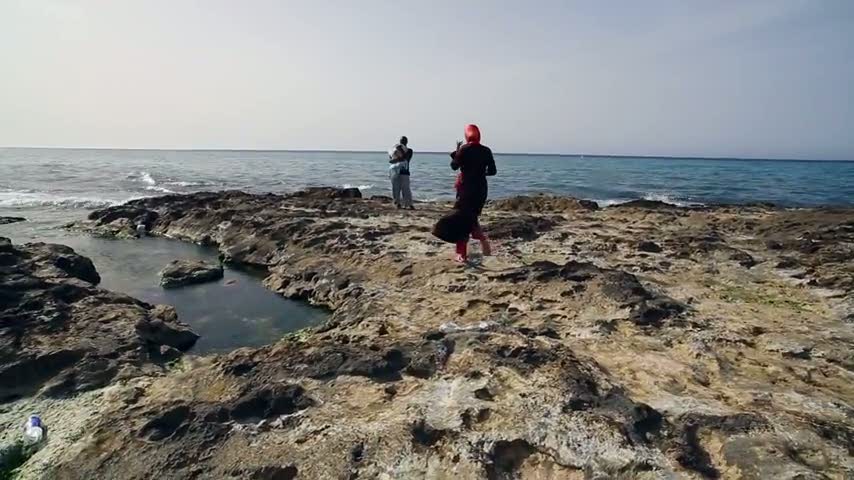Apostolic Vicariate of Tripoli
NGO Directory, 27 October 2011
Address:
St. Francis Church
P.O Box 365- Dahra
Tripoli
Libya
Tel: +218 21 333 1863
Fax: +218 21 333 4696
Web: www.catholicinlibya.com
NGO Directory, 27 October 2011
Address:
St. Francis Church
P.O Box 365- Dahra
Tripoli
Libya
Tel: +218 21 333 1863
Fax: +218 21 333 4696
Web: www.catholicinlibya.com
Between February and October 2011, more than 1 million people crossed into Tunisia to escape conflict in Libya. Most were migrant workers who made their way home or were repatriated, but the arrivals included refugees and asylum-seekers who could not return home or live freely in Tunisia.
UNHCR has been trying to find solutions for these people, most of whom ended up in the Choucha Transit Camp near Tunisia's border with Libya. Resettlement remains the most viable solution for those registered as refugees at Choucha before a cut-off date of December 1, 2011.
As of late April, 14 countries had accepted 2,349 refugees for resettlement, 1,331 of whom have since left Tunisia. The rest are expected to leave Choucha later this year. Most have gone to Australia, Norway and the United States. But there are a more than 2,600 refugees and almost 140 asylum-seekers still in the camp. UNHCR continues to advocate with resettlement countries to find solutions for them.
After violence erupted in Libya in February last year, tens of thousands of people began streaming into Egypt at the Sallum border crossing. Most were Egyptian workers, but almost 40,000 third country nationals also turned up at the border and had to wait until they could be repatriated. Today, with the spotlight long gone, a group of more than 2,000 people remain, mainly single young male refugees from the Sudan. But there are also women, children and the sick and elderly waiting for a solution to their situation. Most are likely to be resettled in third countries, but those who arrived after October are not being considered for resettlement, while some others have been rejected for refugee status. They live in tough conditions at the Egyptian end of the border crossing. A site for a new camp in no man's land has been identified. UNHCR, working closely with the border authorities, plays the major role in providing protection and assistance.
Libya endured severe upheaval in 2011 and the next government faces major challenges moving the country forward after four decades of Muammar Gaddafi's rigid rule. One task will be addressing and resolving the issue of tens of thousands of internally displaced people. Some are waiting for their homes to be repaired or rebuilt, but many more have been forced to desert their towns and villages because of their perceived support for Gaddafi and alleged crimes committed during the conflict. Meanwhile, growing numbers of people, including refugees and asylum-seekers, are coming to Libya from sub-Saharan Africa on well travelled mixed migration routes. Some are being detained as illegal immigrants, though many are people of concern. Others have risked the dangerous sea crossing to southern Europe.

